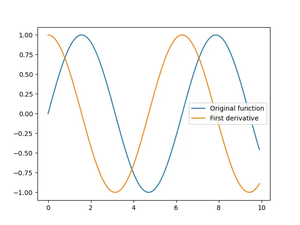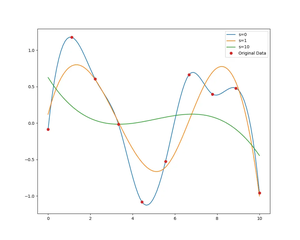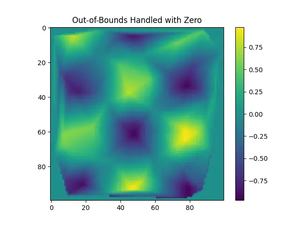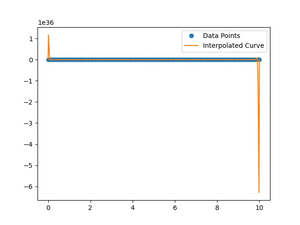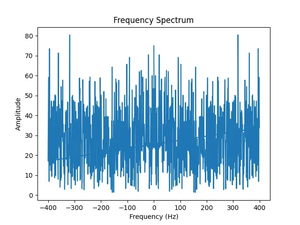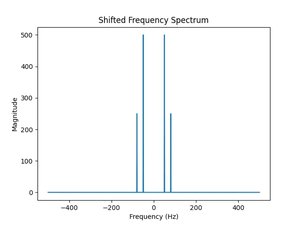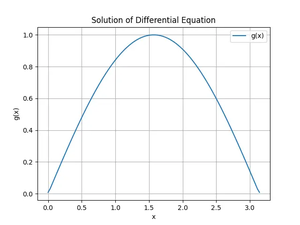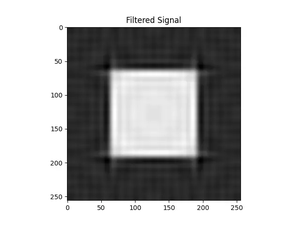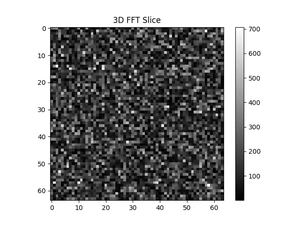The ‘DataLossWarning’ in NumPy is an indication that during an operation, some data was discarded due to various reasons such as datatype mismatches or improper array shapes. Below are several solutions to fix the error along with their respective descriptions, implementation steps, example code, and pertinent notes about the solutions.
Solution 1: Check Data Types
Ensure the data types of the arrays are compatible with the operation you’re trying to perform.
- Inspect the datatype of each input array.
- Use the
astype()method to cast arrays to a common, compatible datatype if necessary. - Rerun the operation to check if the warning persists.
import numpy as np
a = np.array([1.5, 2.3, 3.7], dtype=np.float32)
b = np.array([1, 2, 3]) # Default dtype is int
# Cast 'b' to float32 to match 'a'
b = b.astype(np.float32)
result = np.add(a, b)
print(result)Notes: Casting data types can fix compatibility issues but be aware of the implications of changing data types, such as losing precision when casting from a float to an integer.
Solution 2: Reshape Arrays
If arrays have mismatched shapes that can lead to data loss during operations like matrix multiplication, reshaping might be necessary.
- Assess the shapes of the input arrays.
- Determine the appropriate shape for the operation to succeed without data loss.
- Use the
reshape()function to adjust the array shape. - Rerun the operation.
import numpy as np
a = np.random.rand(2, 3)
b = np.random.rand(3)
# Reshape 'b' to be a 2D column vector
b = b.reshape((3, 1))
result = np.dot(a, b)
print(result)Notes: Reshaping arrays correctly ensures the integrity of data during operations. However, inappropriate reshaping could lead to a different set of problems, such as erroneous results or additional warnings/errors.
Solution 3: Update NumPy Version
Ensure you are running on the latest version of NumPy that contains all the bug fixes and improvements that might address the warning.
- Check the current NumPy version using
np.__version__. - Update NumPy to the latest version using pip.
import numpy as np
print('Current NumPy version:', np.__version__)
!pip install --upgrade numpy
# Check the version after upgrade
print('Updated NumPy version:', np.__version__)Notes: Updating to the latest version of NumPy can resolve unexpected warnings due to internal fixes and optimizations. It’s always recommended to maintain updated packages, but it might not be suitable for systems with compatibility concerns.
Conclusion
In conclusion, ‘DataLossWarning’ in NumPy is often related to datatype mismatches or improper array sizes. Being careful about array types and shapes, along with keeping NumPy updated, are typical solutions to address such warnings.
